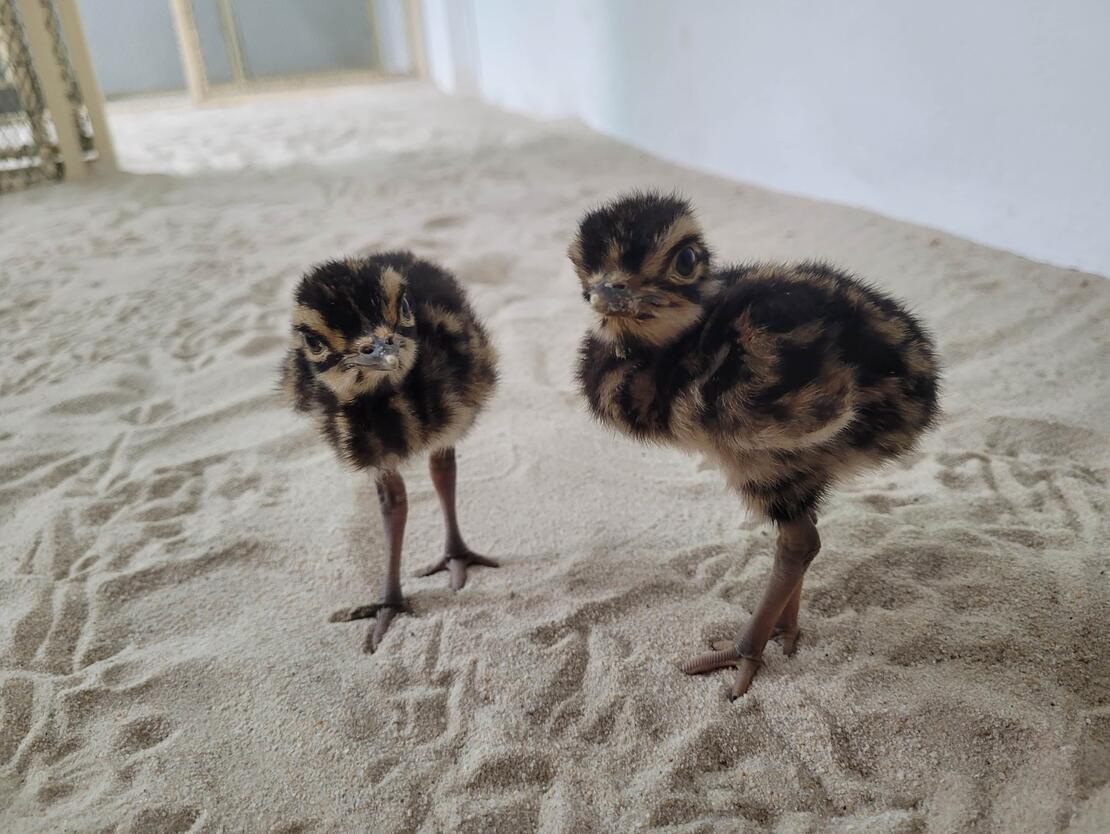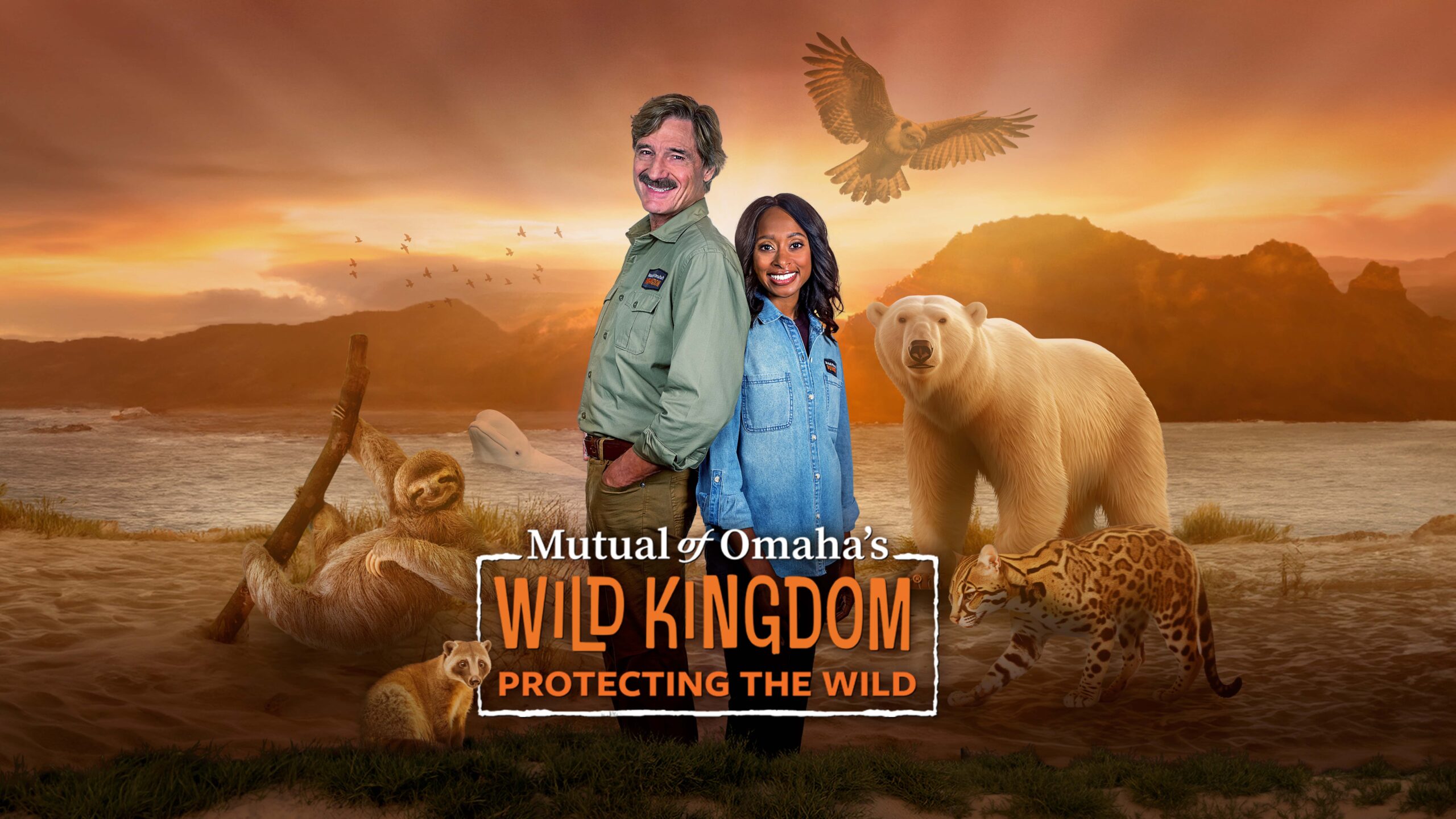LIMA, Peru. November, 2019. Lima Peru is the site of a remarkable revival of marine wildlife. Off the coast of the Peruvian capital, the islands of Palomino play host to over 8000 South American fur seals and South American Sea Lions.
However it wasn’t always so. In 1969 Palomino, as well as the islands of San Lorenzo and Carazcas that surround it saw only 100 of these charismatic marine animals make their homes there. They were hunted almost entirely off the Lima islands due to the value of their skins, and the perceived threat they posed as fish hunters.
Peru, a country of extraordinary natural beauty, has her arms wrapped around the Andes mountains and her legs in the Amazon rainforest. However the commitment to conservation of her land has not always been as forthcoming as to the conservation of her seas.
In a recent International Union for the Conservation of Nature (IUCN) news bulletin, the world’s leading conservation organization details how local fisheries in other parts of Peru’s coastline split the duties of management between each trawler.
“The Fishermen’s Union defines an area where each local fishing collective is dependent economically and assigns responsibility for these marine resources,” explains the IUCN. “In this manner, the fishermen themselves have slowed economic migration from the Peruvian highlands to lucrative uncontrolled and illegal marine activities, thus ensuring that the protected area flourishes”.
The IUCN Green List
The famous IUCN “Red List” is a great database of species and the degree to which they are threatened with extinction. Anytime you open a wikipedia page and enter the name of an animal, the status according to the Red List is just under the featured image.
IUCN also runs a “Green List” in much the same way UNESCO labels Biosphere Reserves. The IUCN is the first global best practice standard for area-based conservation and features over 40 areas in 14 countries.
Green Listing is a certification for protected and conserved areas whether they are national parks, natural World Heritage sites designated by UNESCO, community conservations, indigenous lands, nature preserves and others that maintain the Green List best practices for management.
Currently, Green List areas already exist in Peru, Chile, Ecuador, and Colombia, but the South American sea lions and South American fur seals on the islands of Palomino and San Lorenzo have yet to enjoy the protection and management of this designation.
From 1969 to 2009, much of the success of restoring the fur seal and sea lion population came from local fishermen much in the same was as in other coastal areas of Peru. The private sector is more keen to adopt Green List standards, says the IUCN, than perhaps even the municipalities the preserves exist in.
Now however large development projects as well as illegal fishing threaten the marine mammals and their homes in the National System of Islands Islets, Guano collection areas Marine Preserve, a nationally designated preserve meant to protect these seal breeding colonies and other valuable coastal ecosystems from harm.
Continue exploring this topic — Peru Comes Good On Their 2014 Commitments To Conservation



